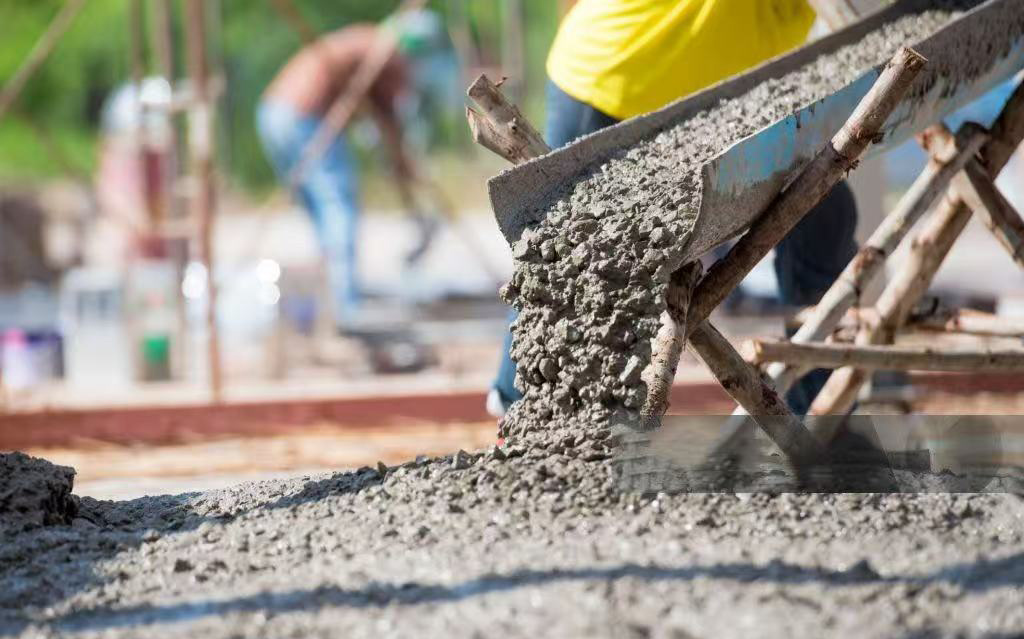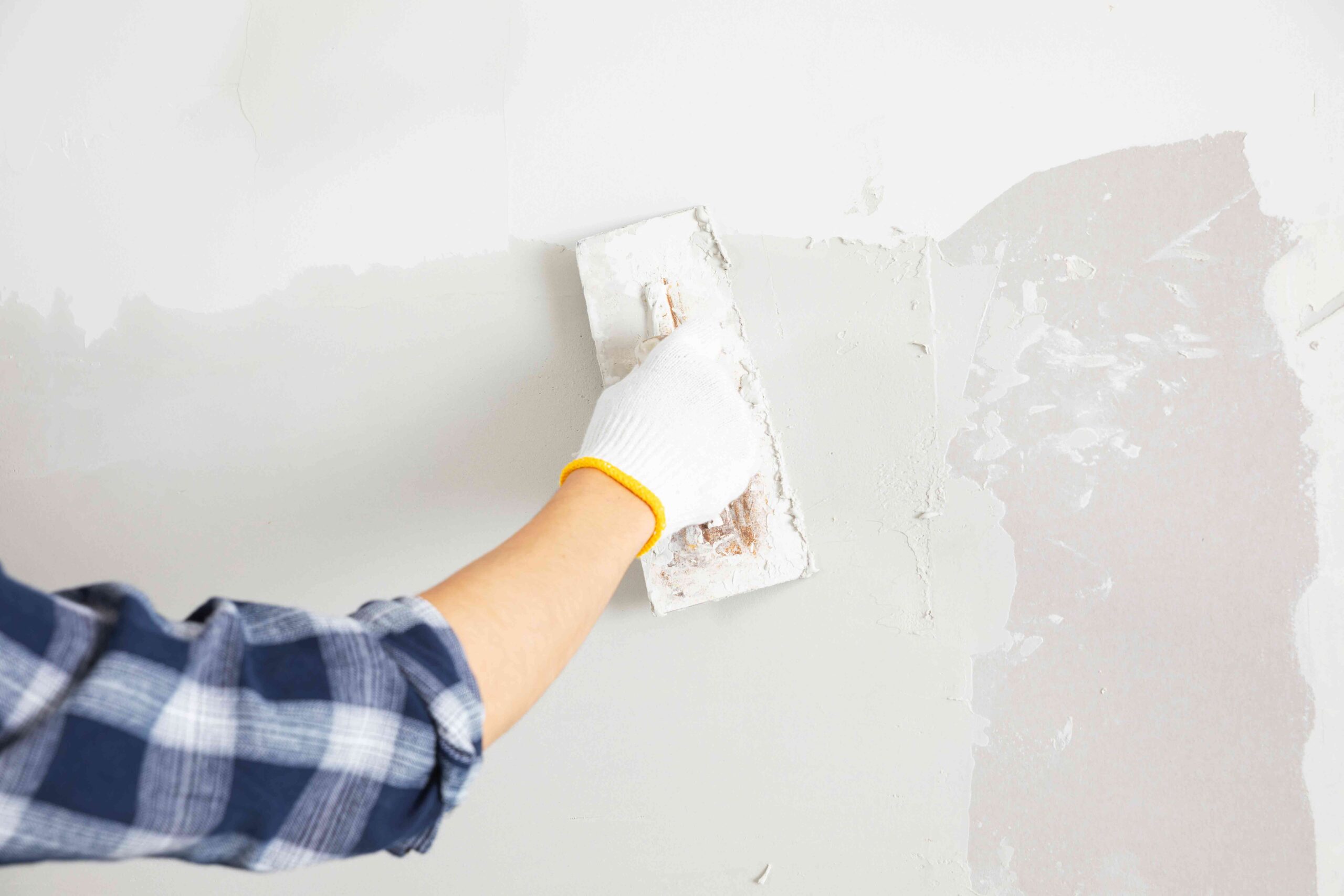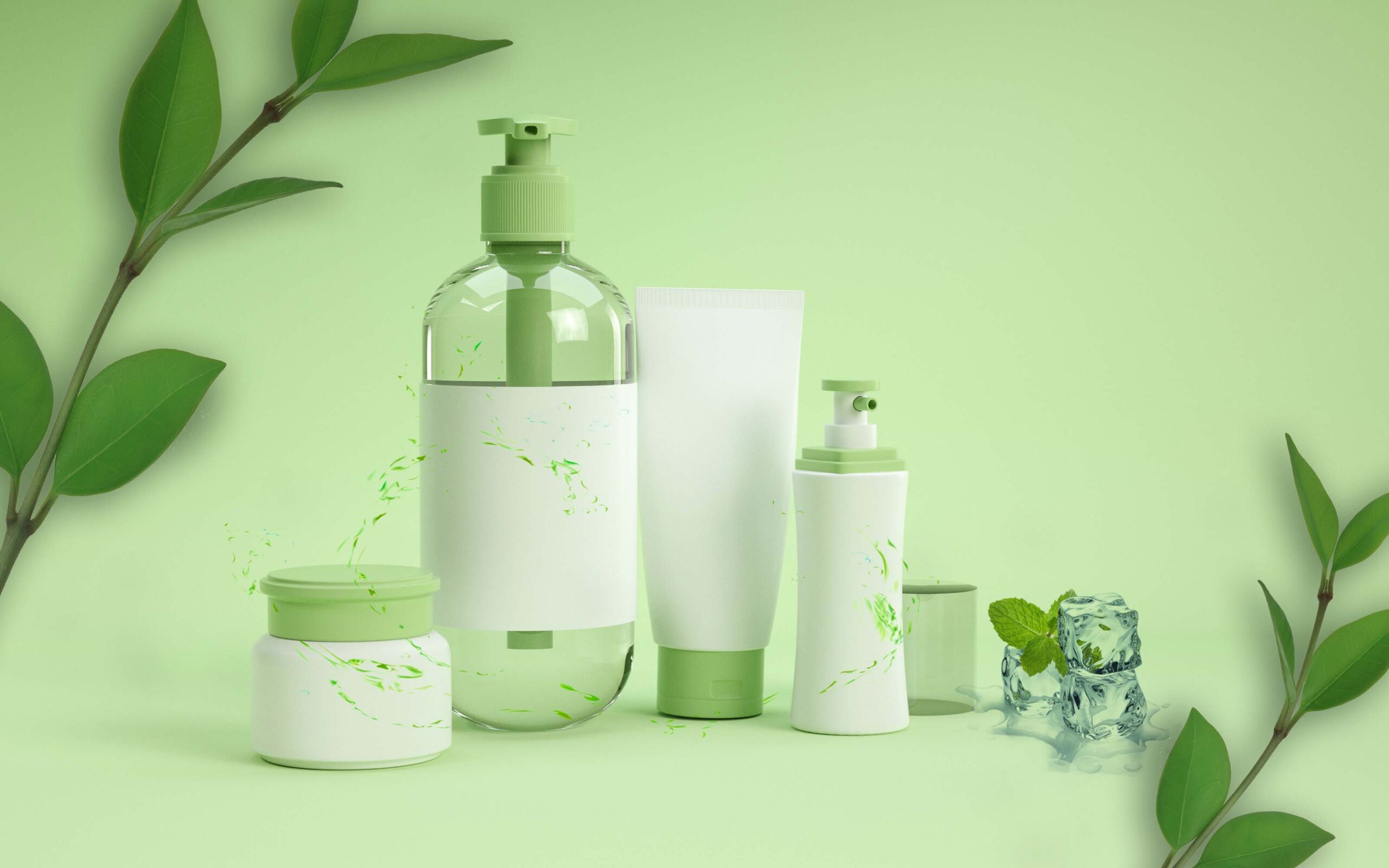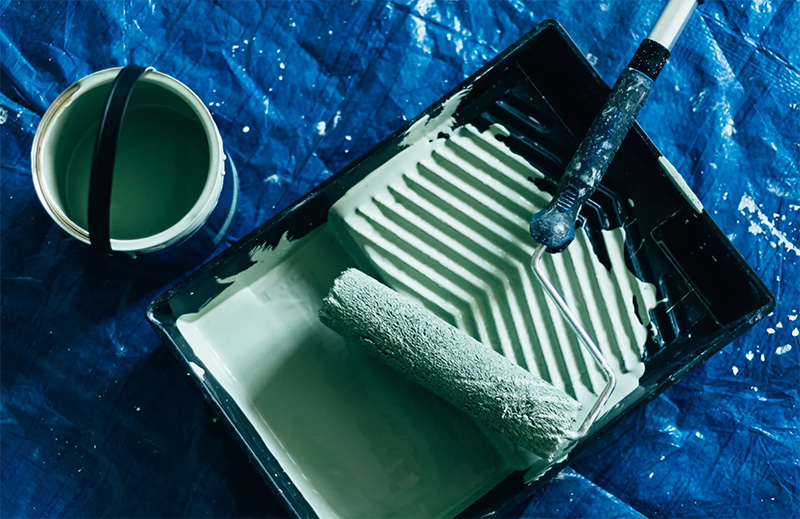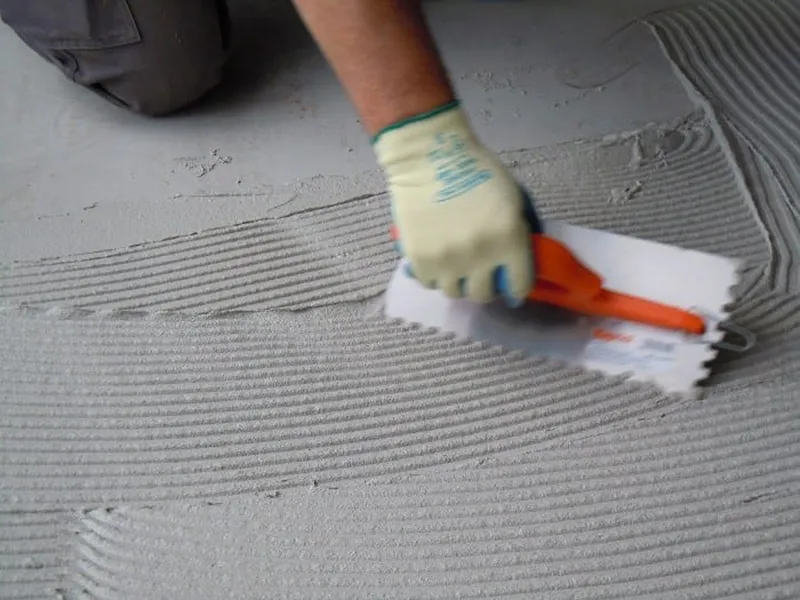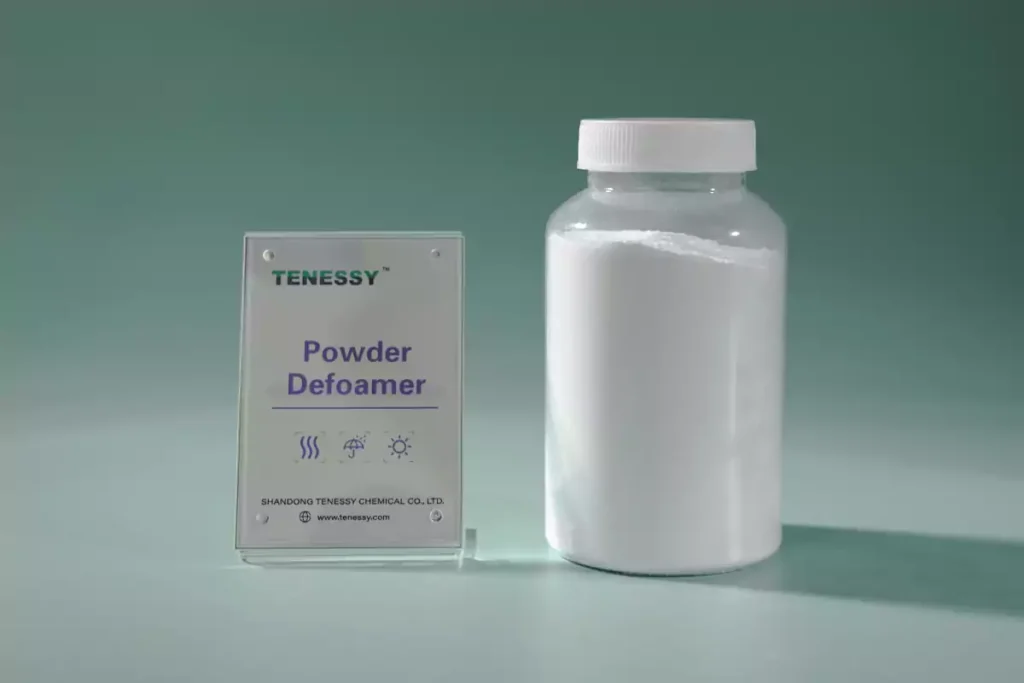
I.What is powder defoamer?
1.Working Principle
Powder defoamers are usually made of silicone, polyether or mineral oil based materials, processed into micron-sized particles by special techniques. Its core principle is to make the foam wall thinner and rupture by reducing the surface tension of the liquid.
2. Powder vs. liquid defoamer
Powder defoamer has better storage stability and is easy to transport. Easier to handle in dry mix production, can be directly mixed with dry mix materials (cement, gypsum powder) uniformly, will not affect the fluidity.
Liquid defoamer is easier to be dispersed in aqueous system, it needs to be anti-freezing and anti-settling.

II. Key Factors to Consider When Selecting Powder Defoamers
1. Material compatibility
Tip: Always test application formulations for compatibility, especially if complex formulations are used.
Test method: Add the defoamer to the material at a rate of 0.1%-0.3% and observe the compatibility and defoaming effect.
2. Defoaming and foam inhibition efficiency
Quickly eliminate surface air bubbles during mixing.
Prevent air from being trapped in the final product.
Maintain long-term performance even after prolonged storage.

3. Application Adaptability
Different systems have different needs, and a defoamer that works well in cement-based mortars may not be suitable for gypsum-based applications. We can offer you a wide range of defoamers to ensure that the powder defoamer is suitable for the type of material.
4.Low Dosage
Powder defoamer adding amount is usually 0.1%-0.3%, in this dose range to avoid affecting other properties.
5. Environmental protection and safety
As global regulatory standards become more stringent, choose defoamers that are environmentally friendly. Our powder defoamers:
VOC-free
Free of APEO and heavy metals
Low odor and safe to handle
III.Typical application cases of powder defoamer in construction projects
1. Wall Putty Construction
A customer in Southeast Asia who manufactures polymer-modified putty was experiencing problems with bubbles and pits in their walls after drying. Their previous defoamer had poor dispersion and inconsistent results.
After testing our TENESSY® powder defoamer, the results were obvious:
Reduced trapped air by over 60%.
Improved surface smoothness and finish.
Lower dosage required (0.3% vs. 0.6% previously).
No effect on workability or setting time.
They not only improve product quality, but also reduce production costs.
2. High-rise building concrete pouring
The air content of ready-mixed concrete is too high, after adding 0.1% powder defoamer, the strength is up to standard and there is no honeycomb hole on the surface.
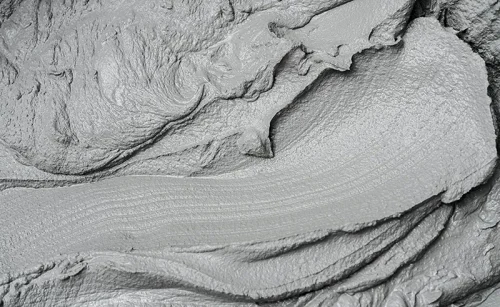
IV. Common types of powder defoamers
Type | Advantages | Limitations | Typical Application
|
Polyether-based | Good compatibility with polymers | May be slower to act | RDP-modified systems |
Silicone-based | Strong, fast defoaming and long-lasting effect | May affect paintability or surface finish | High-performance mortars, plasters |
Mineral oil-based | Economical, decent foam control | Less effective at very low dosages | Standard tile adhesives |
Bio-based/Green options | Environmentally friendly, low odor | Higher cost, limited availability | Sustainable building materials |
VI.Conclusion
Choosing the right powder defoamer isn’t just about eliminating foam, it’s about improving the performance of your entire product, from production to application. As a trusted manufacturer, we offer solutions tailored to your formulation and objectives.
If you’re not sure which powder defoamer is right for your formulation, our technical team will support you with lab testing, custom formulation recommendations and reliable supply.


